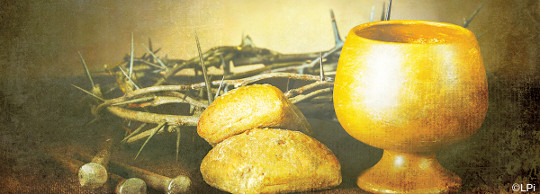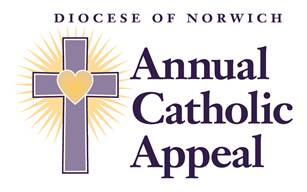Advent
The liturgical year begins with the First Sunday of Advent. The season of Advent continues through the four Sundays of Advent and ends at Christmas Eve.
It also marks the transition from one lectionary cycle (A, B, or C) to the next. These cycles are a result of the Second Vatican Council, which ordered a change in the Sunday readings at Mass so that Catholics would become more familiar with the text of the Bible. As a result we now have a three-year cycle of readings built around readings from the three synoptic Gospels – Matthew, Mark, and Luke.
- December 3, 2023 through November 30, 2024 is year Year B
- December 1, 2024 through November 29, 2025 is year Year C
- November 30, 2025 through November 28, 2026 is Year A
Advent is a time of preparation for Christmas. We prepare our hearts to “receive” Jesus into the world each year as a light to the nations, at a time when our calendar is reaching its darkest period.
Christmas
At Christmas we celebrate the Word become flesh, coming to dwell among us as the light of the human race, just after the darkest point of the solar year. Christmas, therefore, is a holy day second only to Easter in the Roman calendar.
The Octave of Christmas, lasting for eight days, begins with Christmas Day and ends after the Solemnity of Mary, Mother of God.
The season of Christmas ends, and Ordinary Time begins, on the Monday after the Solemnity of the Baptism of the Lord, which signifies the purification of the world, through Christ Himself.
Ordinary Time
Ordinary Time derives its name from the word ordinal, meaning number. This season, therefore, is a season of weeks counted by numbers, from the First Week in Ordinary Time through the Thirty-Fourth Week in Ordinary Time.
Lent
The liturgical season of Lent lasts for 40 weekdays in remembrance of the 40 days and nights that Christ spent fasting in the desert tempted by Satan. The beginning of Lent, Ash Wednesday, therefore comes 40 days (excluding Sundays) before Easter.
Lent, in commemoration of Christ’s fasting and prayer, is for all His faithful a time of fasting and prayer. Because of the austerity of Lent, Alleluia is not said in prayer or sung in liturgy during this season.
Easter
The season of Easter begins at the Easter Vigil. Easter is known as a moveable feast (its date depends on the date of the first full moon on or after March 21st – the vernal equinox).
The week leading up to Easter is called Holy Week. It begins with Palm Sunday, also known as Passion Sunday, and culminates with the Triduum. The Triduum (a Latin word for a three-day period) begins with the Mass of the Lord’s Supper on the evening of the Thursday of Holy Week and includes Good Friday, and Holy Saturday.
Easter celebrates our Lord’s resurrection, without which there would be no Christianity. It is such a joyful time that it continues not just for the week following Easter (a.k.a. the Octave of Easter) but for 50 days (including Sundays and counting Easter Sunday itself) of the season of Easter.
The season of Easter comes to a close, and Ordinary Time returns, on the Monday after Pentecost Sunday.



